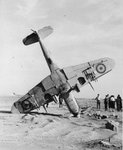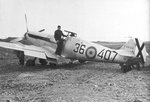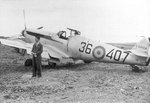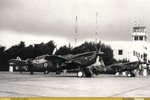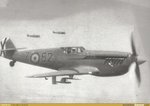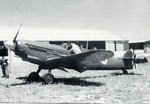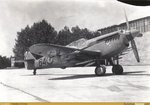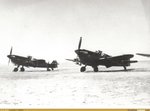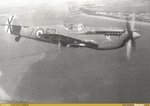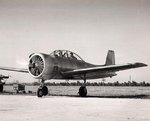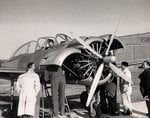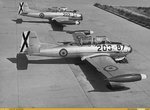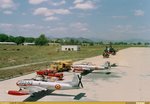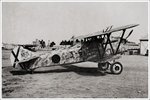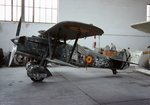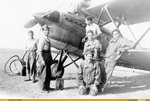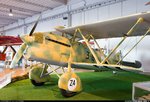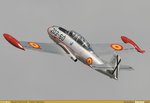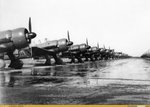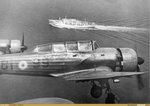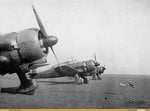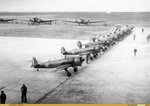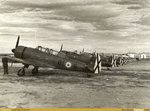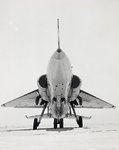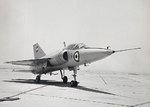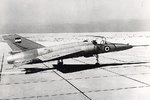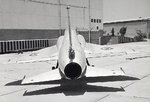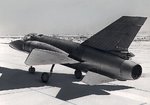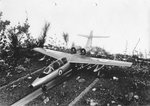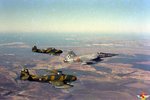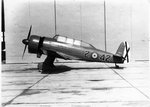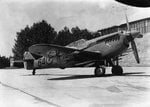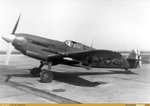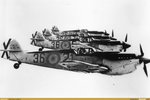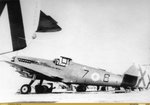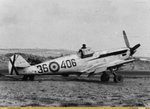The Hispano-Aviacion Corporation was a spanish aircraft manufacturer placed in Triana, Sevilla, that operated from 1939 to 1972. This company derived form the Hispano-Suiza factory, that gained a great fame during the WWI thanks to its engines, that were supplied to the Allies during the conflict. When the Spanish Civil war broke out, the Guadalajara´s factory fell in hands of the Republicans, so a new factory was built in Seville for the construction of new planes. In 1943 the company was acquired by the spanish goverment, starting to built the Messerschmitt Bf-109 under licence.
In 1947 the Hispano-Aviation produced the HA-43, a trainning aircraft for the Spanish Air Force. In the following years the company would sign an agreement with professor Willy Messerschmitt to design and build two trainning planes and a jet with a tailless delta configuration. The prototypes were the HA-100 Triana, HA-200 Saeta y HA-300. The HA-200 Saeta was the first spanish jet, flying for the first time the 12th of august of 1955. In 1972 the Hispano-Aviacion was absorb by CASA.
In 1947 the Hispano-Aviation produced the HA-43, a trainning aircraft for the Spanish Air Force. In the following years the company would sign an agreement with professor Willy Messerschmitt to design and build two trainning planes and a jet with a tailless delta configuration. The prototypes were the HA-100 Triana, HA-200 Saeta y HA-300. The HA-200 Saeta was the first spanish jet, flying for the first time the 12th of august of 1955. In 1972 the Hispano-Aviacion was absorb by CASA.

